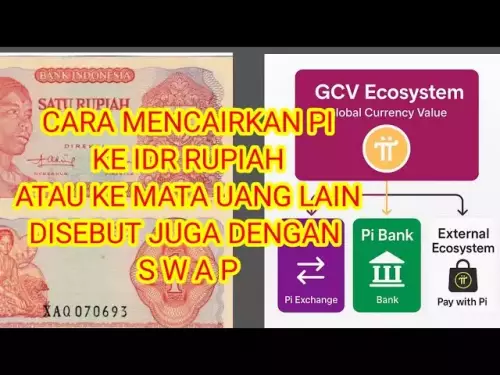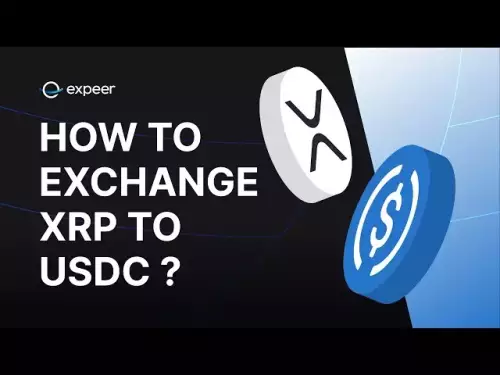-
 bitcoin
bitcoin $112715.707551 USD
-1.71% -
 ethereum
ethereum $4101.475385 USD
-3.01% -
 tether
tether $1.000644 USD
-0.02% -
 bnb
bnb $1207.619465 USD
-6.77% -
 xrp
xrp $2.501451 USD
-3.98% -
 solana
solana $202.947124 USD
-3.32% -
 usd-coin
usd-coin $1.000295 USD
0.04% -
 dogecoin
dogecoin $0.203884 USD
-4.47% -
 tron
tron $0.317154 USD
-1.72% -
 cardano
cardano $0.695009 USD
-4.43% -
 hyperliquid
hyperliquid $38.853961 USD
-8.23% -
 chainlink
chainlink $18.988674 USD
-4.64% -
 ethena-usde
ethena-usde $1.000233 USD
-0.03% -
 stellar
stellar $0.337050 USD
-3.63% -
 bitcoin-cash
bitcoin-cash $536.861728 USD
-1.28%
What is the minimum withdrawal amount on Binance?
Binance sets minimum withdrawal amounts and fees based on blockchain conditions, requiring users to verify network compatibility and maintain sufficient balances to avoid failed transactions.
Oct 12, 2025 at 11:18 pm
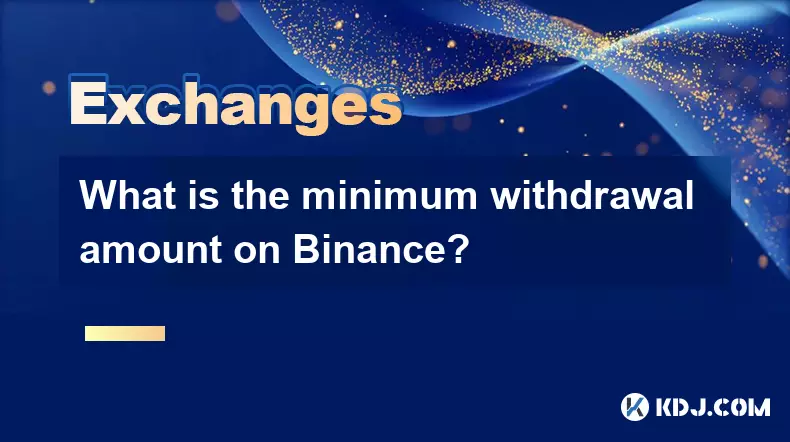
Understanding Binance Withdrawal Policies
1. Binance, one of the largest cryptocurrency exchanges globally, operates with a dynamic withdrawal system that varies depending on the digital asset. Each cryptocurrency has its own minimum withdrawal threshold designed to prevent network spam and ensure transaction feasibility. These thresholds are influenced by blockchain congestion, average transaction fees, and internal risk management protocols.
2. For major cryptocurrencies like Bitcoin (BTC), the minimum withdrawal amount is typically set at 0.0005 BTC. This value allows users to move small amounts while still covering miner fees and maintaining network integrity. Ethereum (ETH) withdrawals usually require a minimum of 0.01 ETH, factoring in gas costs and smart contract execution demands on the Ethereum network.
3. Altcoins often have higher minimums relative to their market value and network conditions. For example, withdrawing Binance Coin (BNB) from the BNB Beacon Chain requires at least 0.0005 BNB, whereas transfers on the BSC (Binance Smart Chain) may differ slightly due to differing fee structures. Users must verify the exact amount per coin in the withdrawal section before initiating any transfer.
4. Stablecoins such as Tether (USDT) support multiple blockchain networks including TRON (TRC20), Ethereum (ERC20), and Binance Smart Chain (BEP20). The minimum for USDT via BEP20 is generally 10 USDT, while TRC20 might allow slightly lower amounts. Network selection significantly impacts both cost and speed, making it essential for users to choose wisely based on their needs.
5. Binance updates these limits periodically based on technological changes and security assessments. Sudden adjustments can occur during periods of high volatility or after upgrades to underlying blockchains. Regular monitoring of the official Binance withdrawal page ensures users remain compliant and avoid failed transactions due to outdated information.
Fees Associated with Withdrawals
1. Every withdrawal on Binance incurs a network fee intended to compensate miners or validators processing the transaction. These fees fluctuate with network demand and are deducted directly from the withdrawn amount. During peak usage times, fees may rise sharply, especially on congested chains like Ethereum.
2. Binance employs a 'dynamic fee' model for certain assets, meaning the charge adjusts in real time based on current blockchain activity. Users see the exact fee prior to confirmation, allowing them to delay withdrawals if costs appear excessive.
3. Some tokens use fixed fees regardless of network load. For instance, withdrawing DOT through the Polkadot.js interface integrated with Binance follows a predetermined rate that remains stable unless protocol-level changes occur.
4. Frequent traders or high-volume users may benefit from using Binance’s fee discount programs, particularly when paying fees with BNB. A percentage reduction applies when selecting BNB as the payment method for withdrawal charges across various cryptocurrencies.
5. It's crucial to maintain a balance above both the withdrawal amount and associated fee. Attempting to withdraw an amount equal to the available balance will fail since the system cannot deduct the additional network cost.
Security Measures and Verification Levels
1. Binance enforces multi-tiered verification processes that influence withdrawal capabilities. Users who complete Basic Identity Verification can initiate small withdrawals, but larger volumes require Advanced Verification involving government-issued ID and facial recognition.
2. Daily withdrawal limits are tied to user trust levels. Unverified accounts face strict caps, sometimes as low as 2 BTC per day, while fully verified individuals may withdraw hundreds of thousands of dollars worth of crypto, subject to account history and jurisdiction.
3. Two-factor authentication (2FA) is mandatory for all withdrawals. Disabling 2FA temporarily blocks outgoing transactions until reactivated, adding a layer of protection against unauthorized access.
4. Email and SMS confirmations serve as secondary checkpoints. After requesting a withdrawal, users must approve the action through their registered communication channels, preventing immediate execution even if login credentials are compromised.
5. Suspicious activities, such as sudden large withdrawals or logins from new devices, trigger automatic holds. Manual review by Binance’s security team may be required before releasing funds, emphasizing the platform’s commitment to asset safety.
Common Issues and Solutions
1. Why was my withdrawal rejected? Rejections commonly occur due to insufficient funds when accounting for both the transfer amount and network fee. Double-check your balance and adjust accordingly.
2. Can I cancel a withdrawal after submission? Once confirmed, most withdrawals cannot be canceled, especially after they enter the blockchain. Immediate contact with Binance support may help only if the transaction remains in pending status within the exchange.
3. How long do withdrawals take to process? Processing times vary: BEP20 tokens often arrive within minutes, while BTC or ETH may take longer depending on blockchain congestion and confirmation requirements.
4. What happens if I send funds to the wrong network? Sending crypto to an incompatible chain (e.g., ERC20 tokens to a BEP2 address) risks permanent loss. Always confirm the receiving wallet supports the selected network before proceeding.
Disclaimer:info@kdj.com
The information provided is not trading advice. kdj.com does not assume any responsibility for any investments made based on the information provided in this article. Cryptocurrencies are highly volatile and it is highly recommended that you invest with caution after thorough research!
If you believe that the content used on this website infringes your copyright, please contact us immediately (info@kdj.com) and we will delete it promptly.
- Zero Knowledge Proof, Whitelist, Blockchain 2025: The Dawn of Private, Scalable Infrastructure
- 2025-10-16 01:20:01
- Altcoins, Whales, and Tariff Threats: Navigating the Crypto Seas
- 2025-10-16 01:20:01
- ChatGPT's Crystal Ball: HBAR Price Prediction and the Rise of Snorter in 2025
- 2025-10-16 01:20:01
- ZEROBASE Listing and Airdrop: A New Era for ZK Tech?
- 2025-10-16 00:25:13
- Digital Euro, Gold Standard, and Active Reserves: A New York Minute on the Future of Money
- 2025-10-16 00:25:13
- TCG OTS Pack Spoilers: What's Hot and What's Not?
- 2025-10-16 00:33:47
Related knowledge
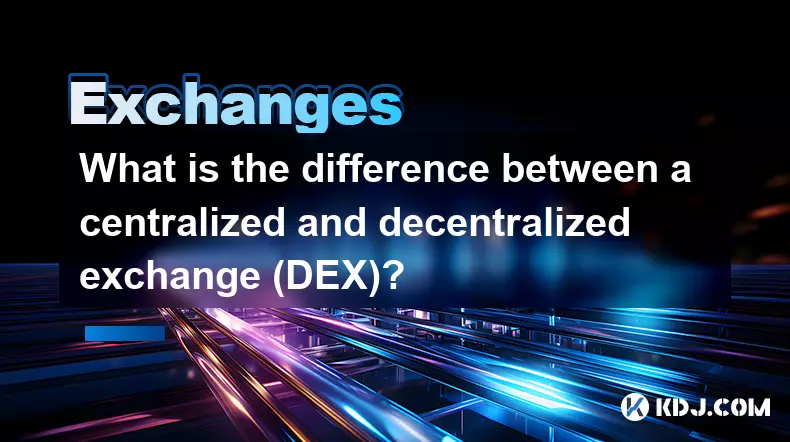
What is the difference between a centralized and decentralized exchange (DEX)?
Oct 14,2025 at 09:37am
Understanding Centralized Exchanges1. Centralized exchanges, commonly referred to as CEXs, operate under a traditional financial model where a central...
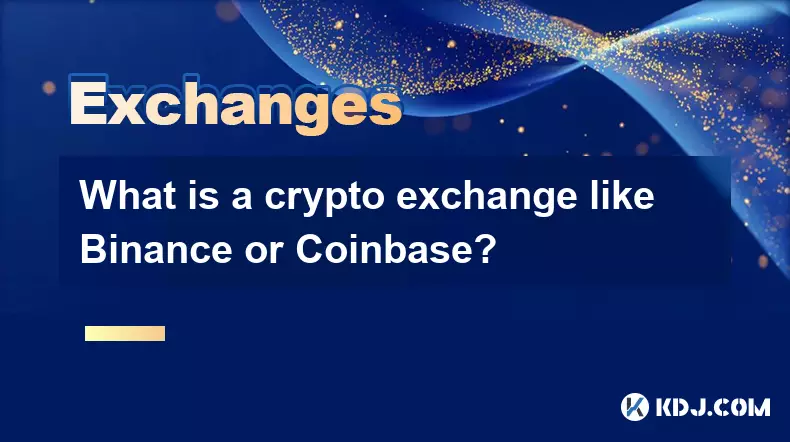
What is a crypto exchange like Binance or Coinbase?
Oct 13,2025 at 09:01pm
Bitcoin's Role in Decentralized Finance1. Bitcoin remains the cornerstone of decentralized finance, serving as a primary store of value within the cry...
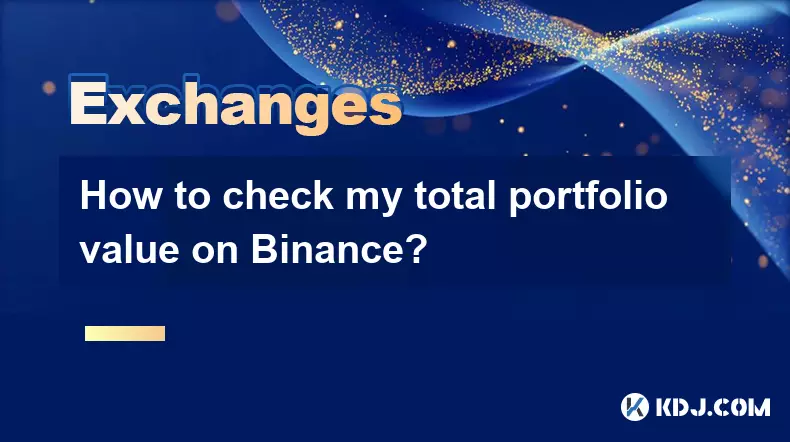
How to check my total portfolio value on Binance?
Oct 15,2025 at 11:37am
Accessing Your Portfolio Overview on Binance1. Log in to your Binance account through the official website or mobile application. Ensure you are using...
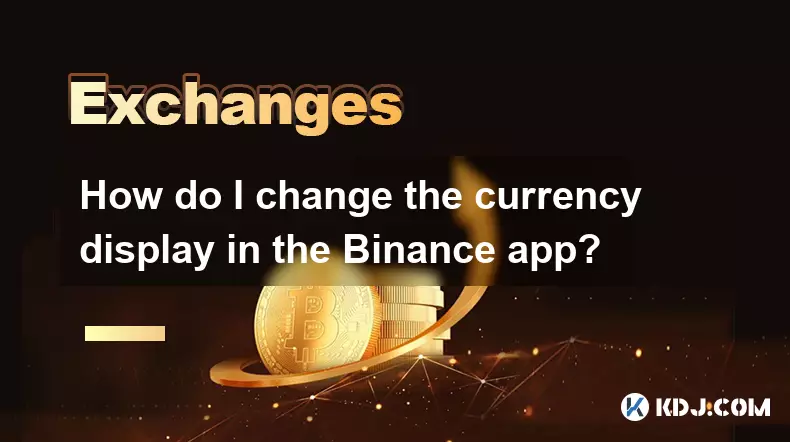
How do I change the currency display in the Binance app?
Oct 10,2025 at 11:36am
Changing Currency Display in the Binance App1. Open the Binance app on your mobile device and log into your account. Navigate to the home screen where...

How to analyze charts on Binance?
Oct 15,2025 at 06:37pm
Understanding Candlestick Patterns1. Candlestick charts are the most widely used tools for technical analysis on Binance, offering visual representati...
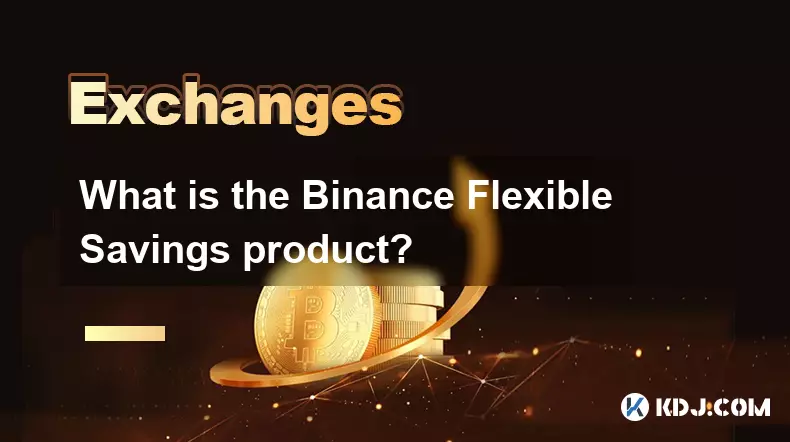
What is the Binance Flexible Savings product?
Oct 15,2025 at 12:55pm
Understanding Binance Flexible Savings1. Binance Flexible Savings is a financial product offered by the world's largest cryptocurrency exchange, allow...

What is the difference between a centralized and decentralized exchange (DEX)?
Oct 14,2025 at 09:37am
Understanding Centralized Exchanges1. Centralized exchanges, commonly referred to as CEXs, operate under a traditional financial model where a central...

What is a crypto exchange like Binance or Coinbase?
Oct 13,2025 at 09:01pm
Bitcoin's Role in Decentralized Finance1. Bitcoin remains the cornerstone of decentralized finance, serving as a primary store of value within the cry...

How to check my total portfolio value on Binance?
Oct 15,2025 at 11:37am
Accessing Your Portfolio Overview on Binance1. Log in to your Binance account through the official website or mobile application. Ensure you are using...

How do I change the currency display in the Binance app?
Oct 10,2025 at 11:36am
Changing Currency Display in the Binance App1. Open the Binance app on your mobile device and log into your account. Navigate to the home screen where...

How to analyze charts on Binance?
Oct 15,2025 at 06:37pm
Understanding Candlestick Patterns1. Candlestick charts are the most widely used tools for technical analysis on Binance, offering visual representati...

What is the Binance Flexible Savings product?
Oct 15,2025 at 12:55pm
Understanding Binance Flexible Savings1. Binance Flexible Savings is a financial product offered by the world's largest cryptocurrency exchange, allow...
See all articles





















